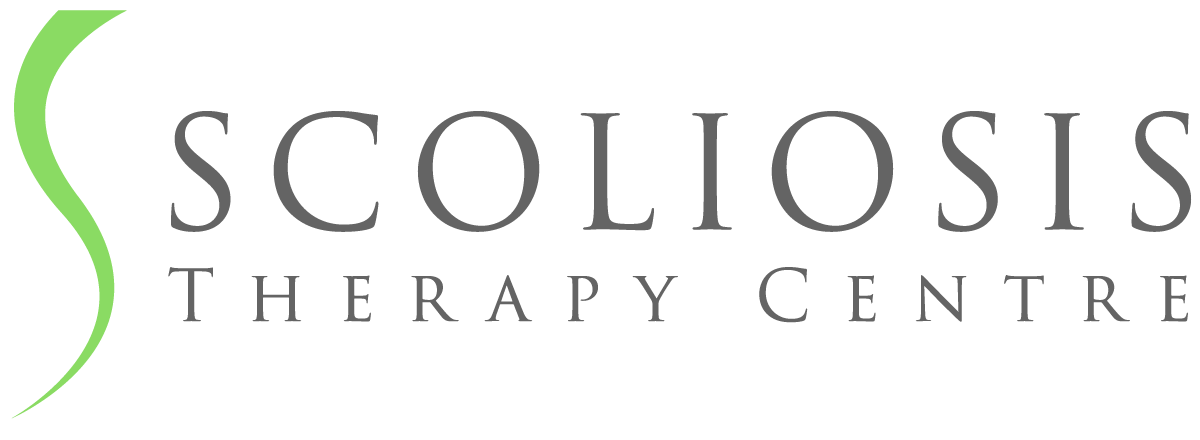Schroth Exercises Improve Bracing Outcomes
The major aim of conservative treatment of adolescent idiopathic scoliosis (AIS) is to prevent curve progression. History of the disorder has shown that curvatures of 50° can continue to progress in adulthood. Curvatures of 45° and above are therefore considered at risk of surgery.
Rigid bracing is widely used as a treatment for the prevention of curve progression in Adolescent Idiopathic Scoliosis (10 to 15 years of age, until skeletal maturity) and can significantly decrease the progression of high-risk curves. However, the treatment failure rate remains high.
Dr. H R Weiss, in his case report (refer to post: A Case Report for Adolescent Bracing) explains some of the reasons for the high failure rate.
The Society on Scoliosis Orthopaedic and Rehabilitation Treatment (SOSORT) 2016 guidelines recommend the use of scoliosis-specific exercises, such as the Schroth Method as a stand-alone therapy, an add-on to bracing, and during the postoperative period following spinal fusion surgery.
Recently, a preliminary study conducted in Hong Kong focused on evaluating the effectiveness of Schroth scoliosis-specific exercises performed by idiopathic scoliosis patients with high-risk curves, whilst receiving brace treatment.
Twenty-four (5 males and 19 females) were recruited into the experimental group, Schroth scoliosis-specific exercises and bracing; and 24 patients were matched in the control group, bracing only, for age, gender, skeletal maturity, and curve magnitude.
Patients in the experimental, together with their caregivers, attended 4 x 1hour private training sessions once every 2 weeks during the initial 8-week outpatient program. Patients were then given a home program of Schroth scoliosis-specific exercises, and were also required to participate in supervised outpatient sessions, once every 2 months.
The primary outcome measure for the study for all major curves was an improvement/decrease in the Cobb angle of 6° or more; unchanged/stable as ± 5°; and progressed/worsened by 6° or more.
Patients in the experimental group who were compliant with their exercise program had a higher rate of Cobb angle improvement. The study shows that the effectiveness of bracing can be improved with the addition of Schroth scoliosis-specific exercise program, providing there is a strong compliance to both.
“This is the first study to investigate the effects of Schroth exercises during bracing in patients with a high risk of curve progression. The findings from this preliminary study suggest that Schroth exercises during bracing can further improve the Cobb angle compared with bracing alone and compliance is associated with greater benefit...Given the promising findings, a prospective, randomized-controlled trial to evaluate the effect of Schroth exercises during brace treatment in AIS patients is now warranted.”
Click on the following citation to access the study briefly explained in this post:
Kwan KYH, Cheng ACS, Koh HY, Chiu AYY, Cheung KMC. Effectiveness of Schroth exercises during bracing in adolescent idiopathic scoliosis: results from a preliminary study—SOSORT Award 2017 Winner. Scoliosis and Spinal Disorders. 2017;12:32. doi:10.1186/s13013-017-0139-6.
See also post on our website: Effectiveness of Schroth Exercise Therapy.
